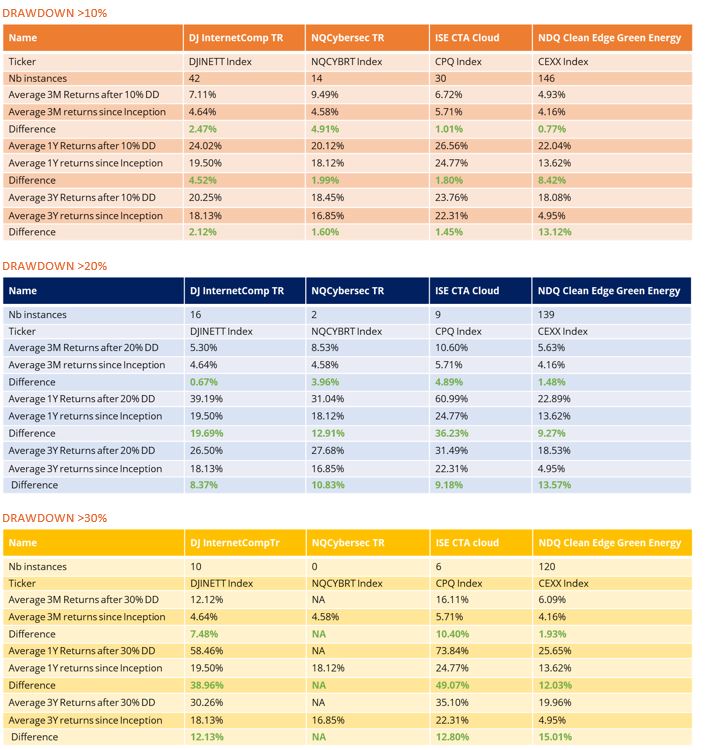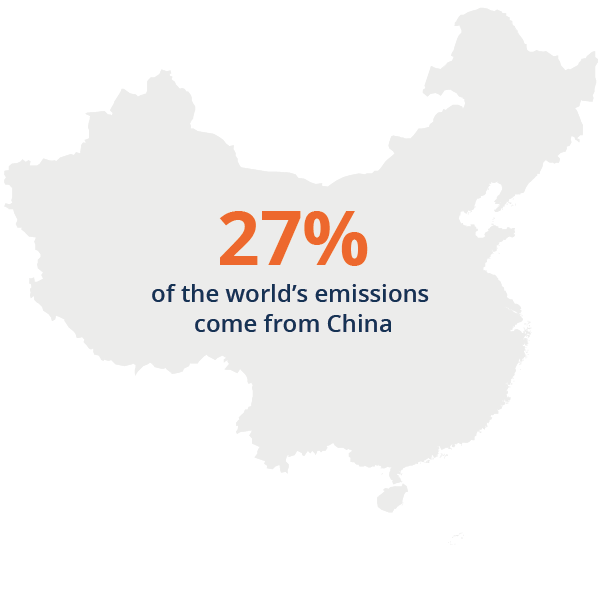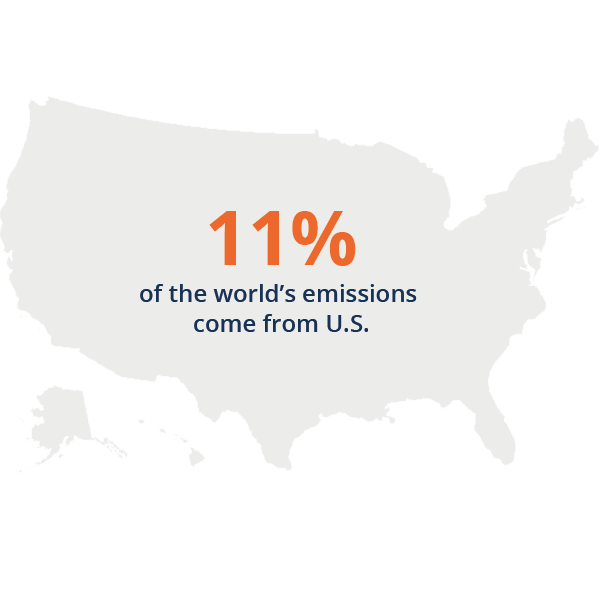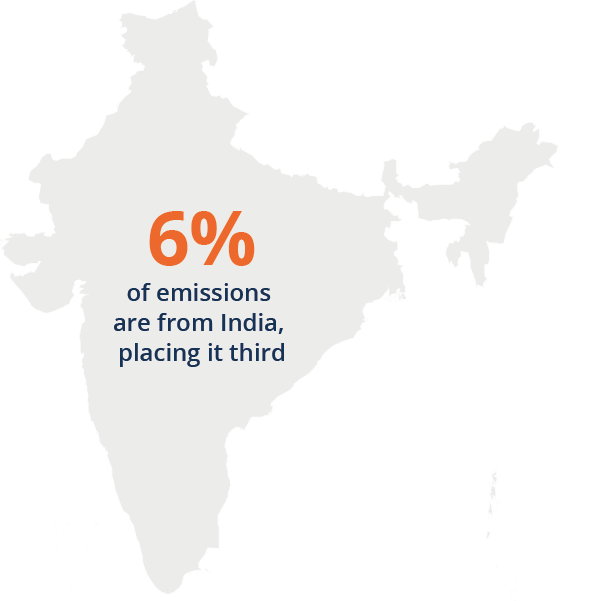2021 was a big year for clean energy and there promises to be plenty more to come: technology, policy and technical innovation are driving the energy transition forward quickly, but will it be quick enough? Let’s look at some of the key developments this year.
In May 2021, The IEA (International Energy Agency) - which has historically supported fossil fuels - published its comprehensive global report on how to transition to net zero by 2050, titled: Net Zero by 2050. Two days later, G7 countries declared they would stop funding overseas coal projects.
Cut to October and five of the six largest U.S. banks (Morgan Stanley, Goldman Sachs, Wells Fargo, Citigroup, and JPMorgan) committed to stop financing for new fossil fuel exploration and production in the Arctic.
Elsewhere we saw Tesla become the sixth company in history to reach a $1 trillion valuation, and EV Company Rivian went public raising an estimated $13.7bn, making it the largest IPO for a US company since Facebook went public in 2012 (more on that in our article ‘Rivian….and Volvo IPO’).
We saw ExxonMobil’s board unsettled by the election of three climate activists. And crucially, all eyes were on Glasgow as the world’s most powerful leaders congregated for the UN’s pivotal summit COP26 to address the climate crisis.
COP26 Delivers
COP26 was billed as a test of global solidarity and the most important climate talks since the Paris Agreement was signed in 2015. Did it deliver?
Consensus is still mixed and the ultimate measure will come down to the level of C02 in the atmosphere. However, there were a lot of positives to take away from the summit.
This COP was especially noteworthy, as it marked the fifth conference since the Paris Agreement was signed, which meant it was the first COP in which Governments were required to measure and review the progress (or lack thereof) so far achieved, and revise and notch up their targets to remain on track for meeting the goals of the Paris Agreement.
It delivered a new “Glasgow Climate Pact” agreed by more than 190 countries; an unprecedented political agreement towards a more ambitious climate response. All signatories acknowledged, for the first time, that burning fossil fuels is warming the planet and causing our climate to change. Another positive from Glasgow is the Paris Rulebook.
Countries agreed the Paris Rulebook, a set of essential technical guidelines to implement the Paris Agreement, including guidance on carbon trading, timeframes for countries’ emissions reduction targets, and guidelines on transparency.
The Paris Agreement was in place for six years, but what was important about Glasgow is now there is agreement on how to implement it. This is vital because it allows the focus to shift from negotiation to implementation. This can also make implementation more cost effective.








Share